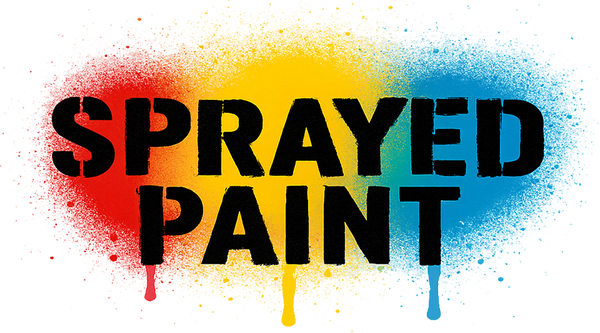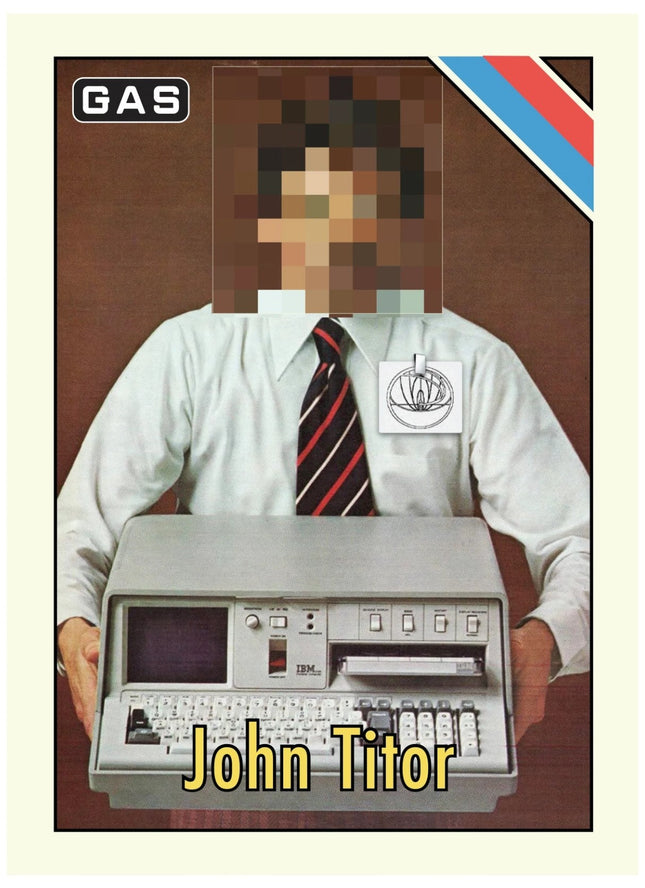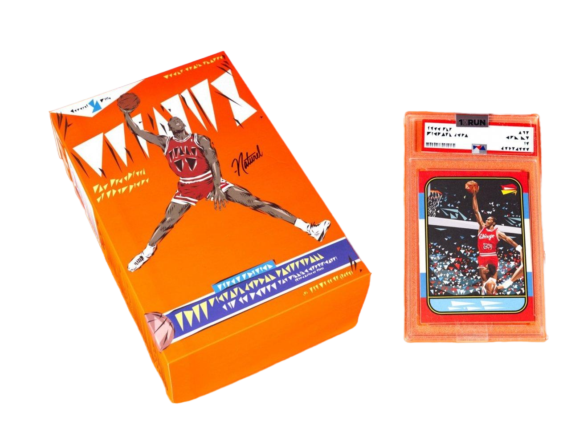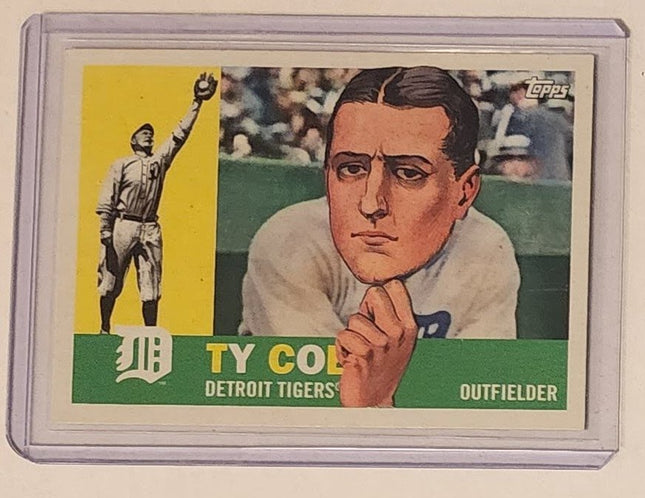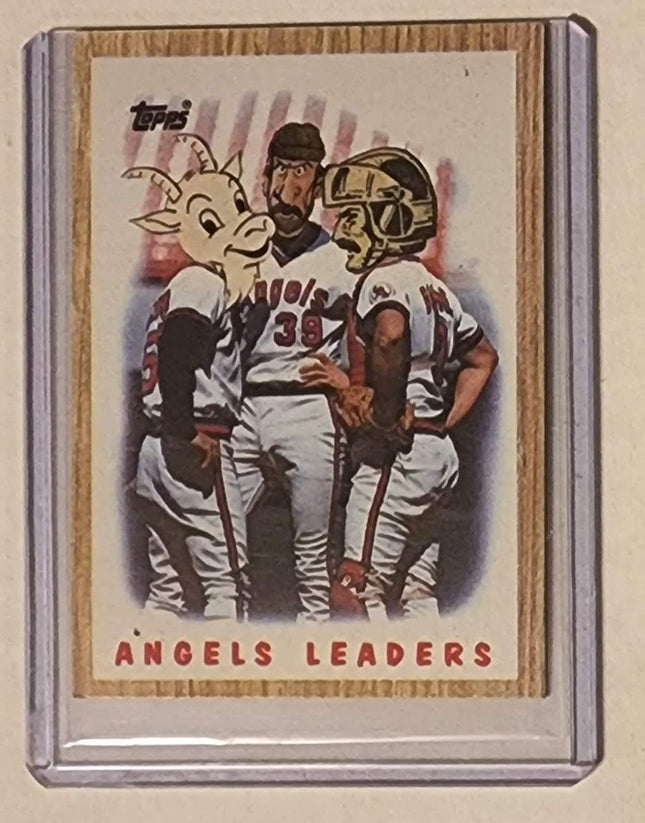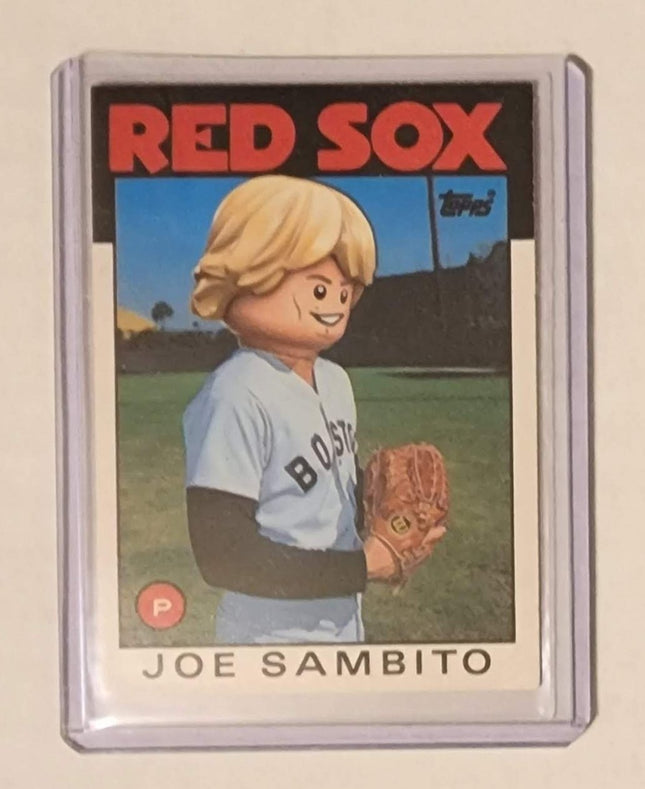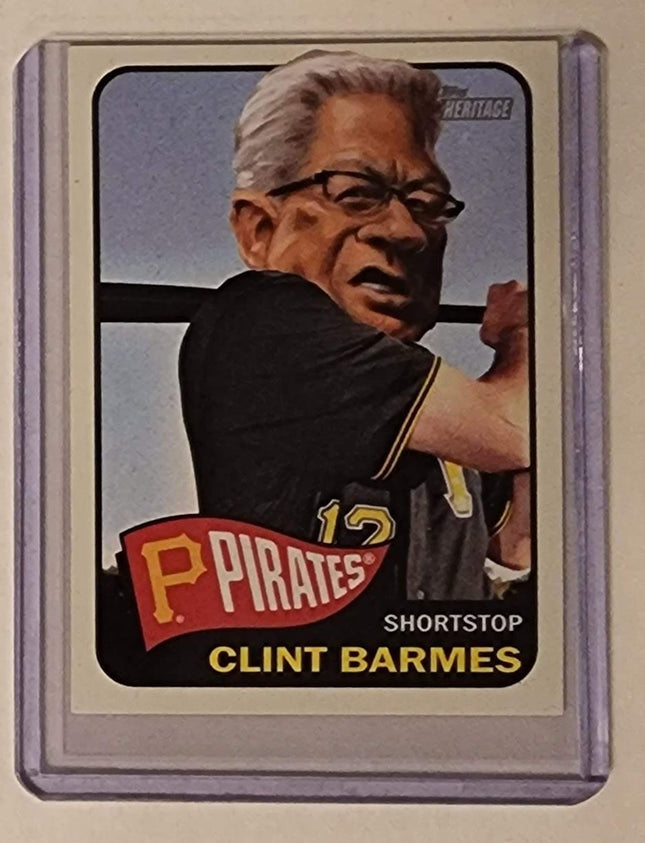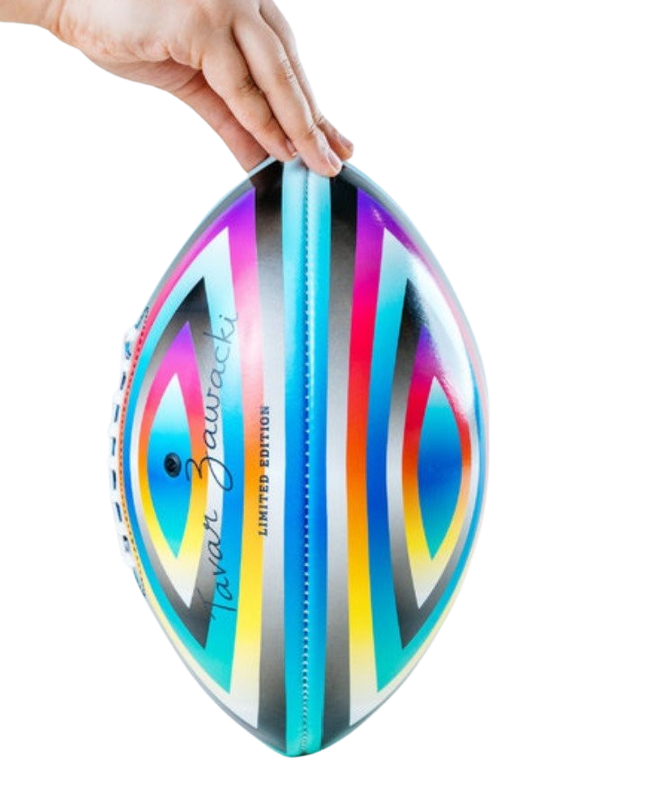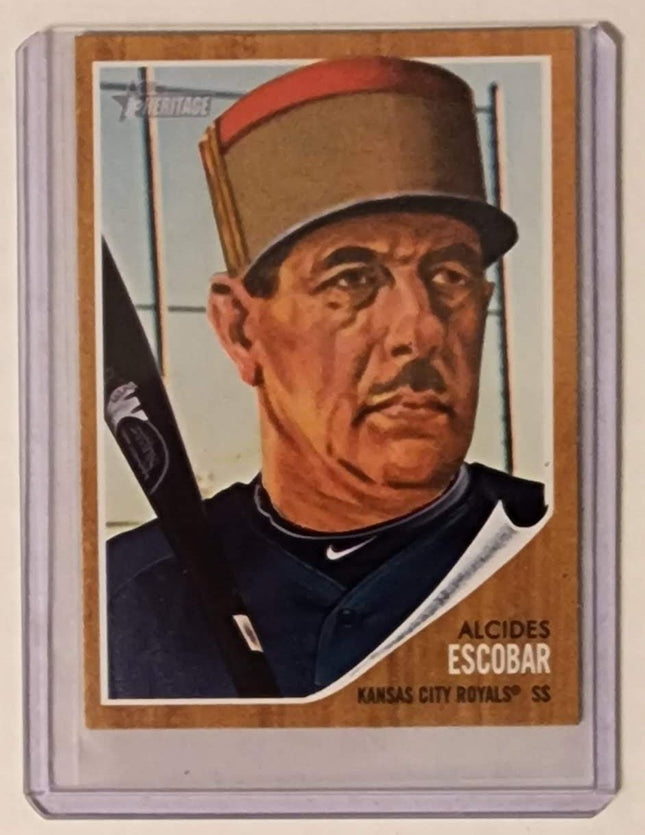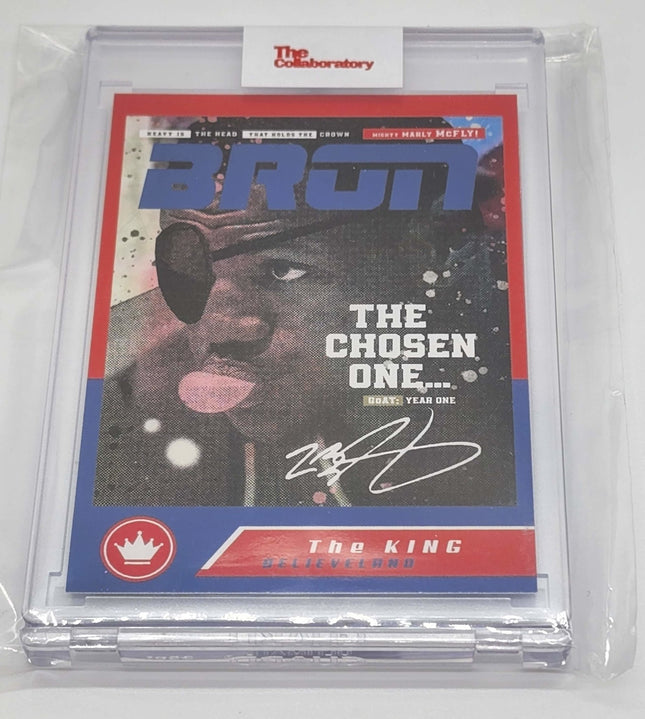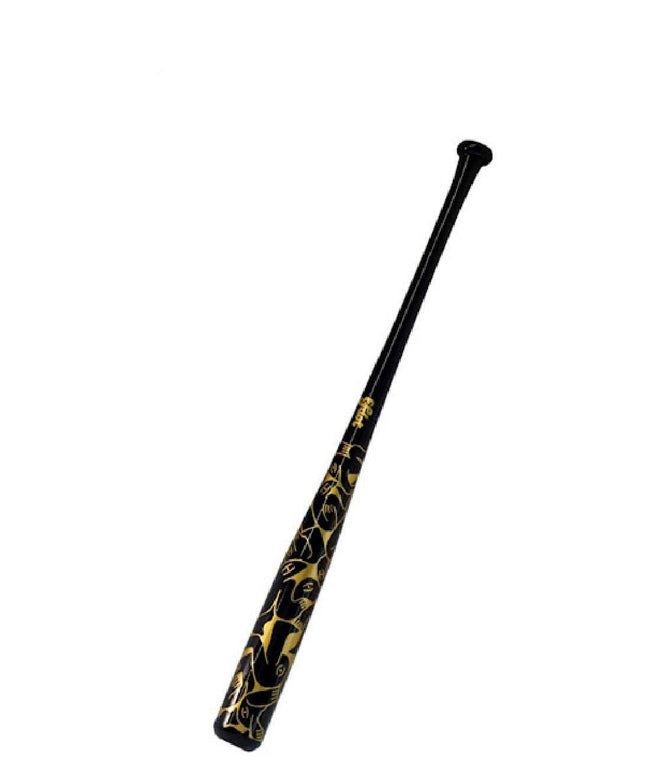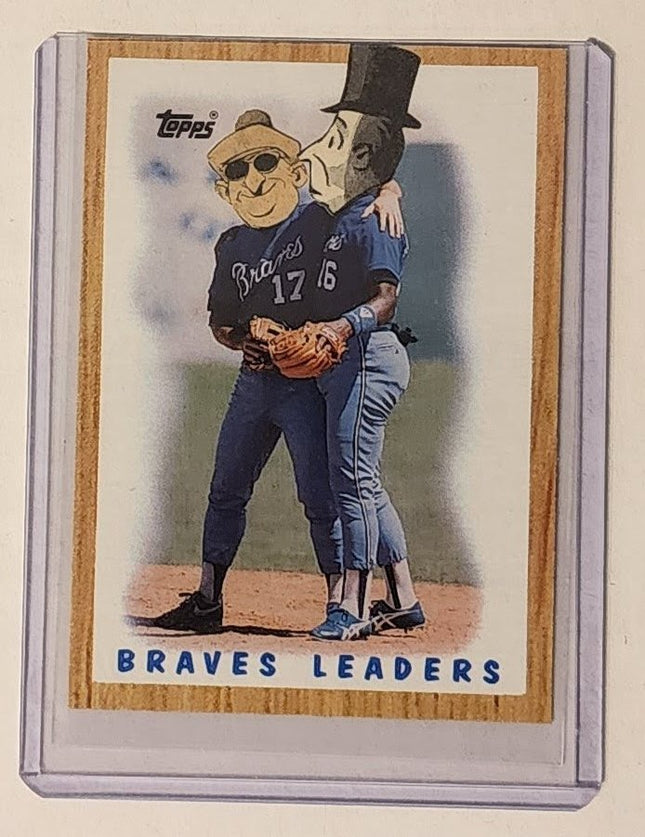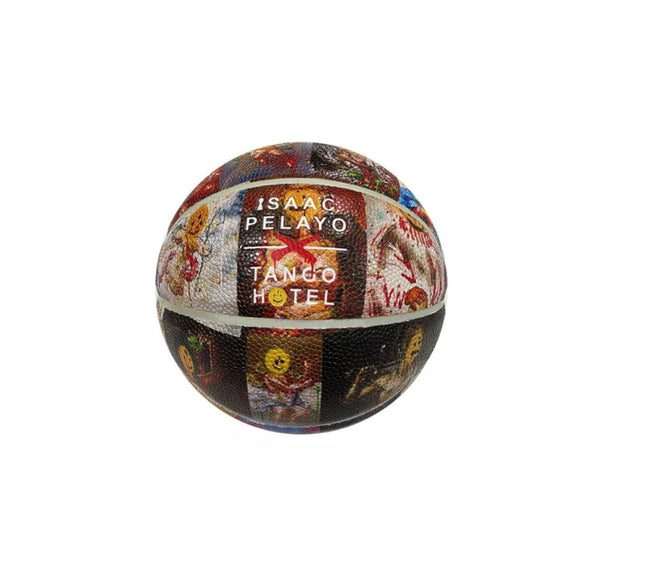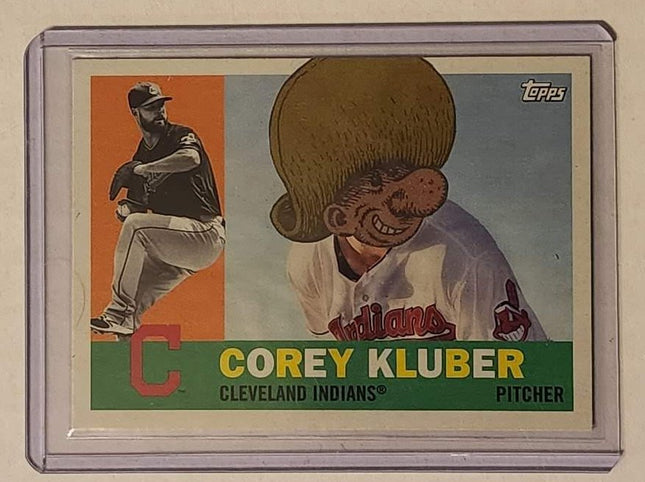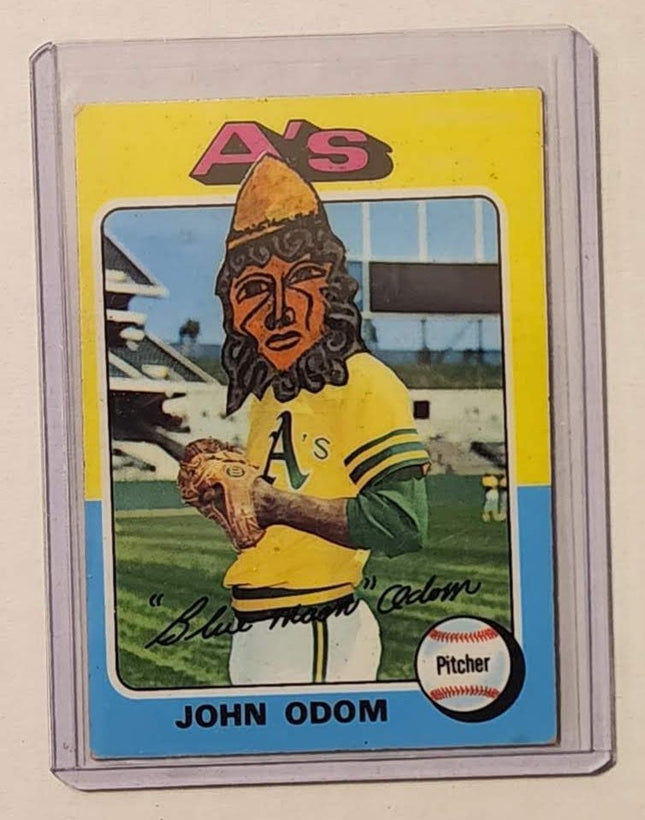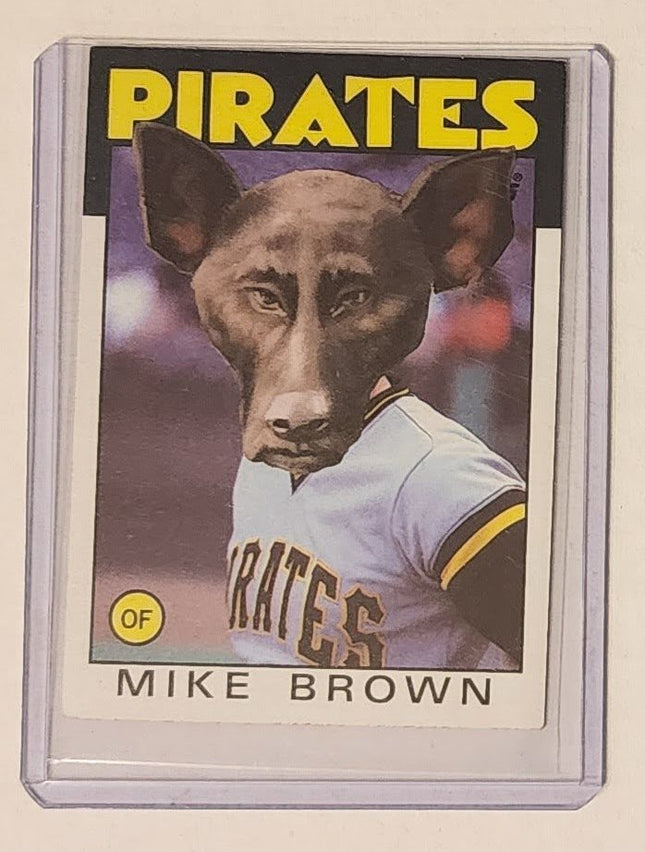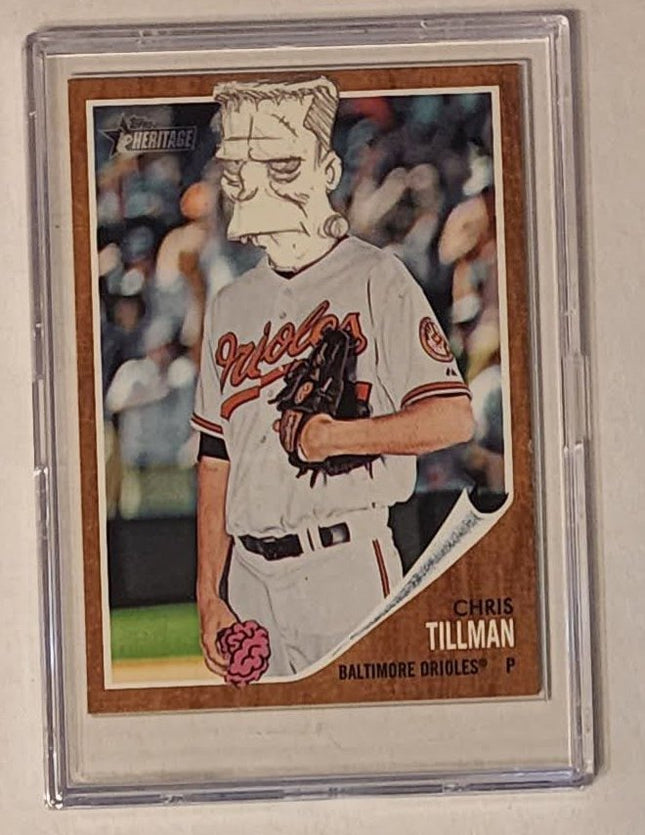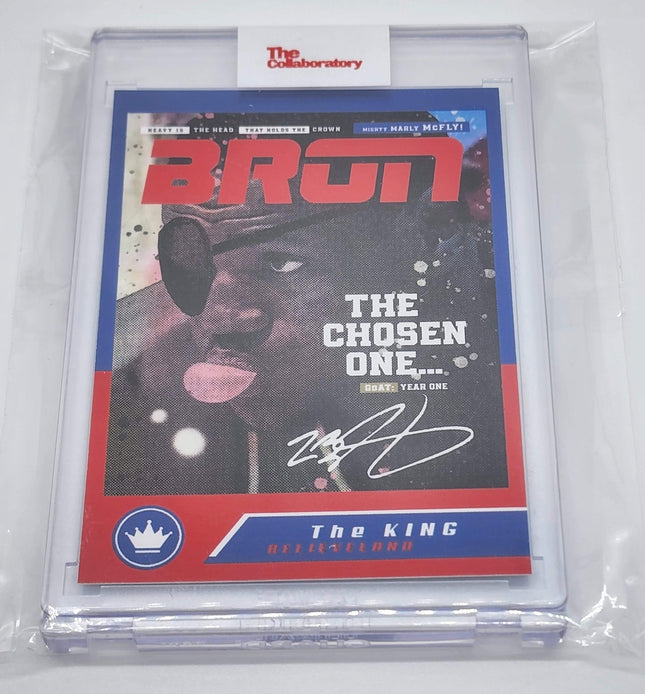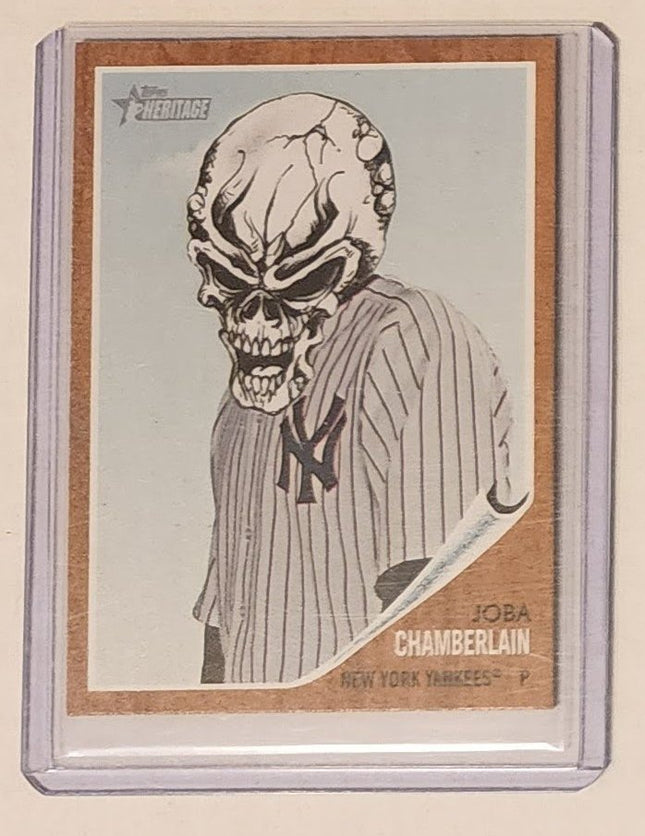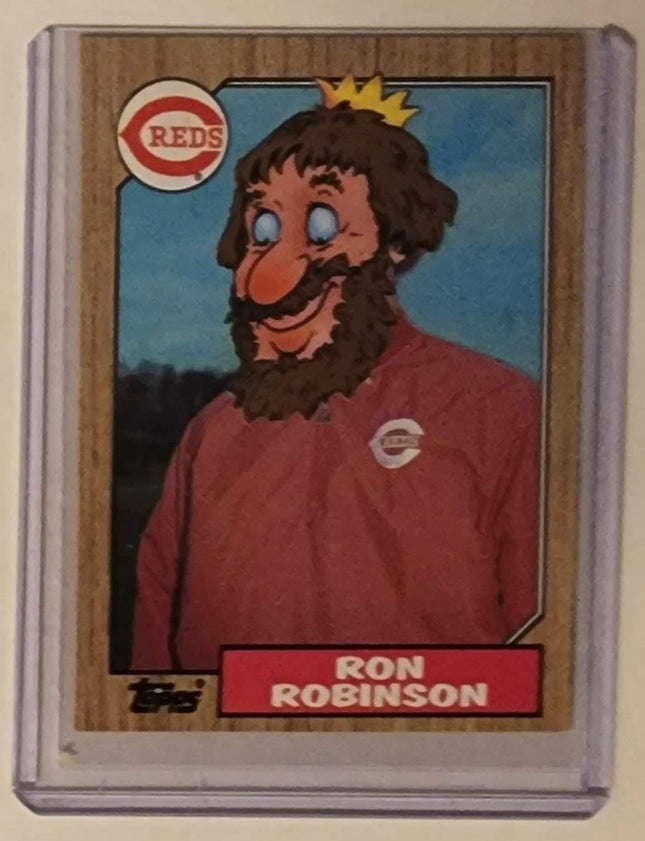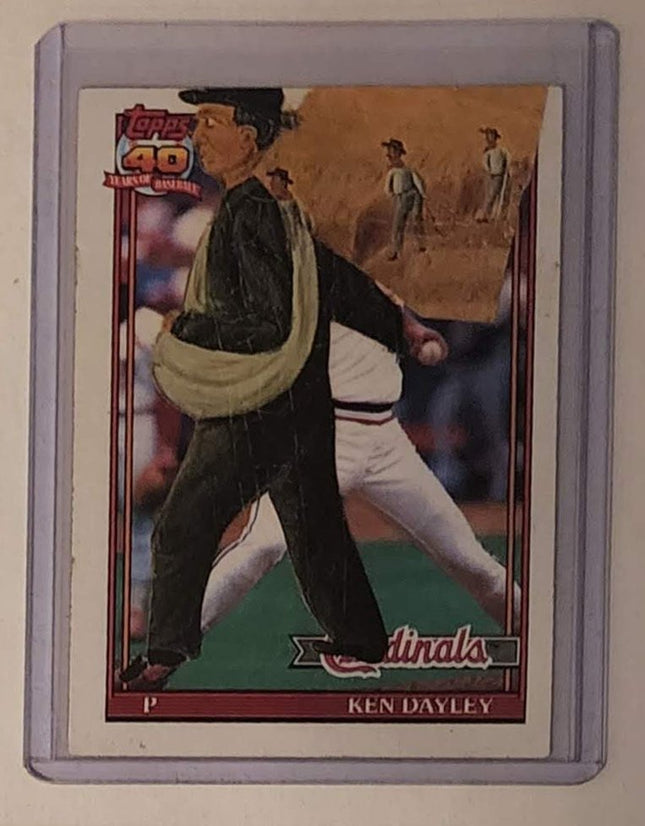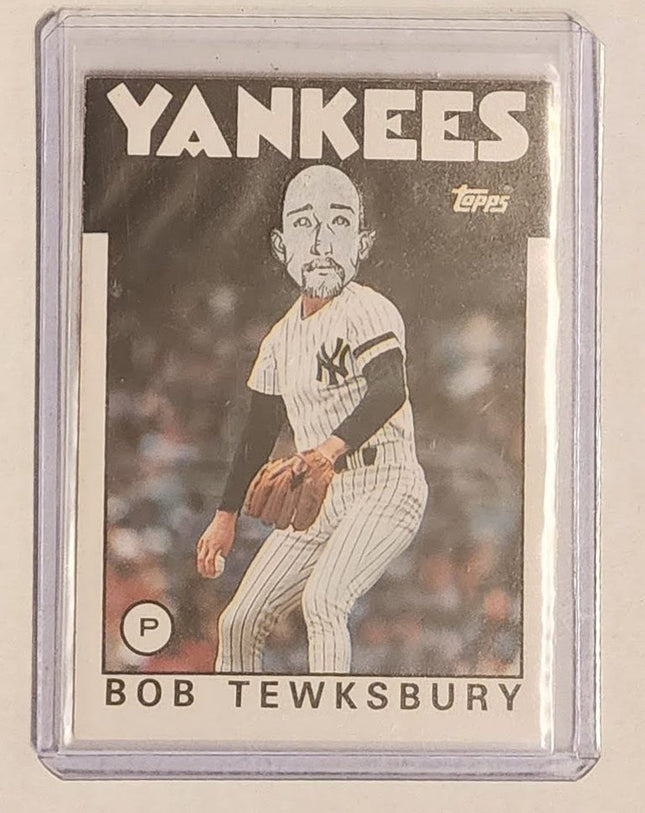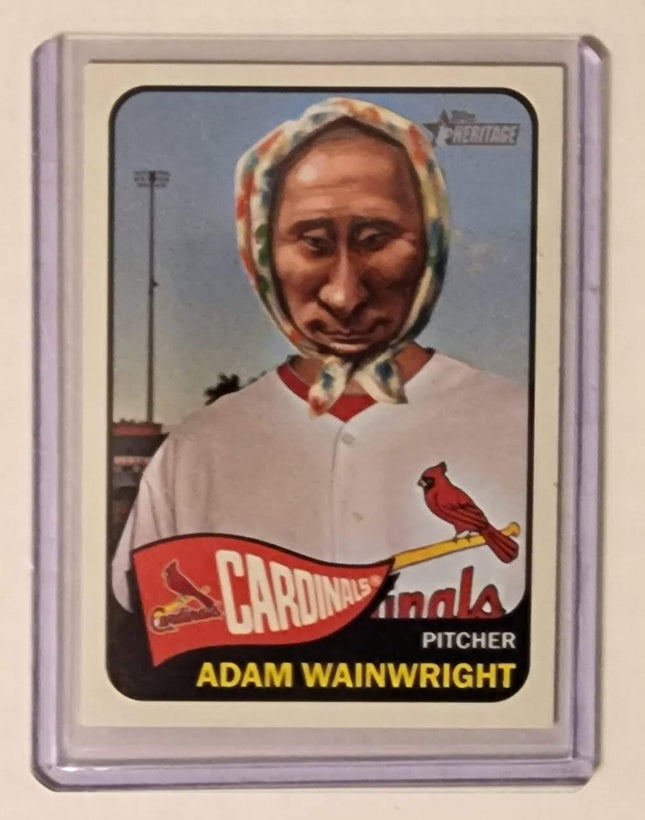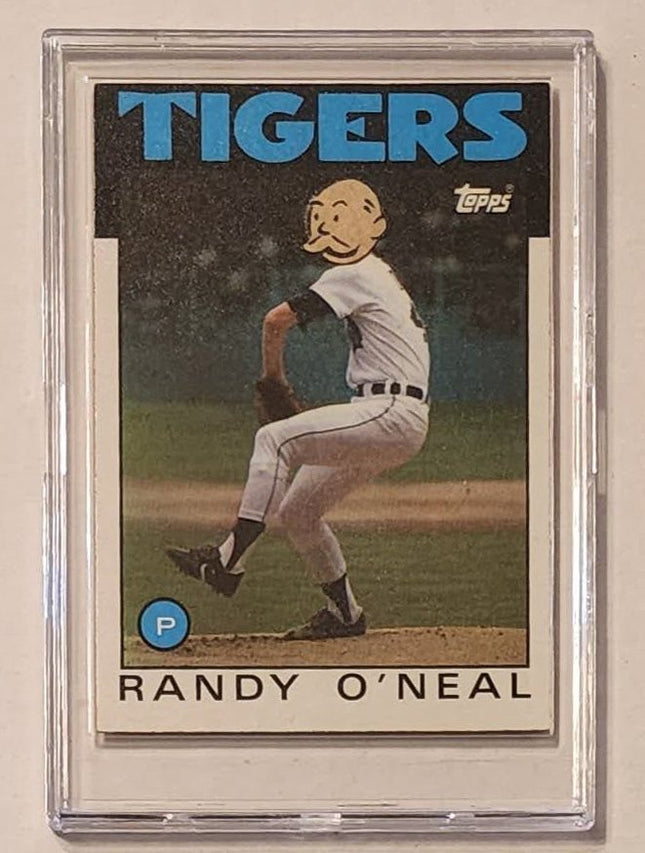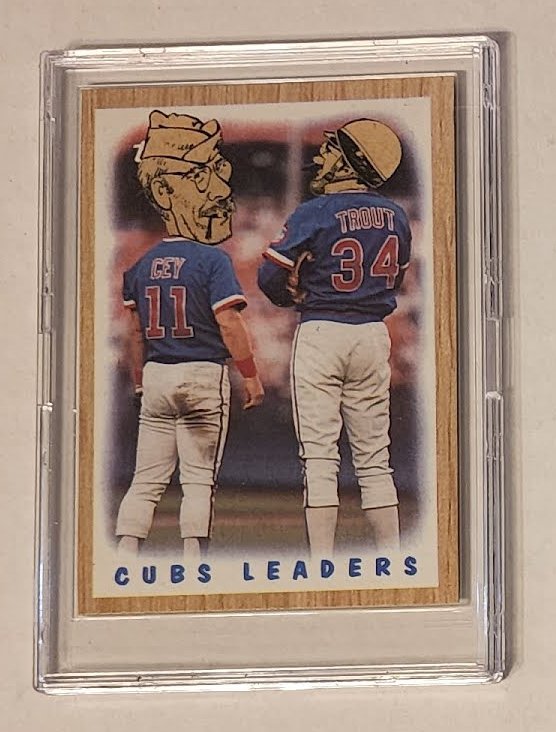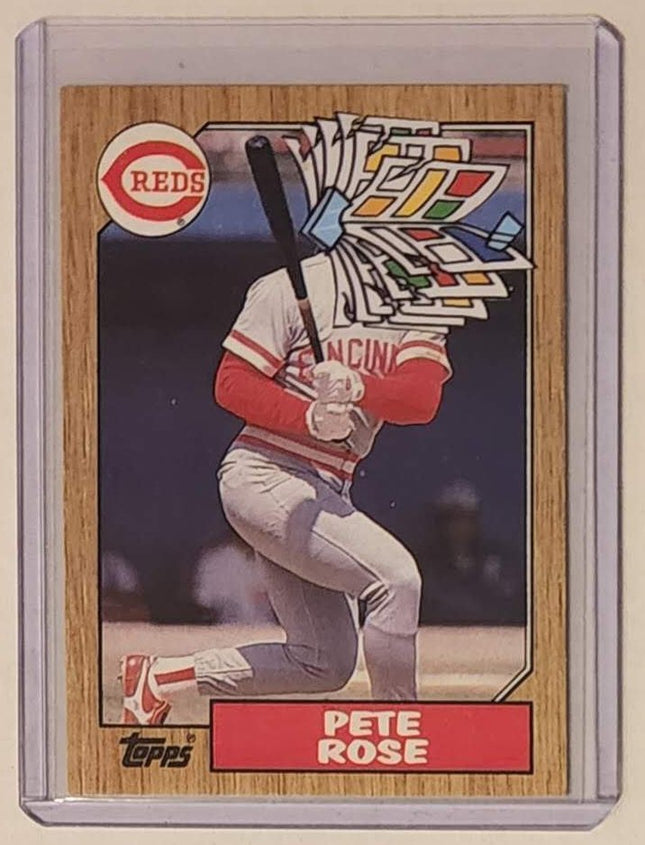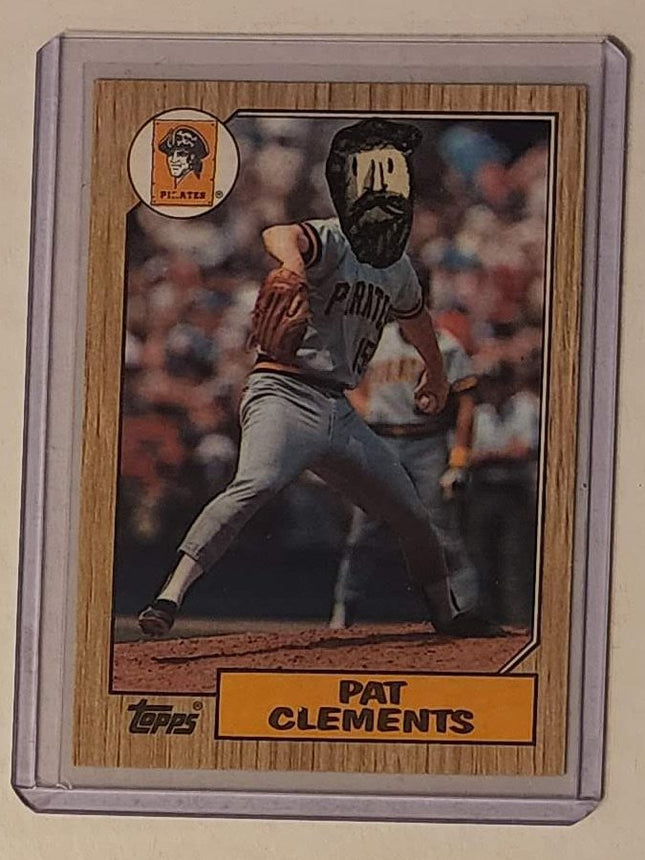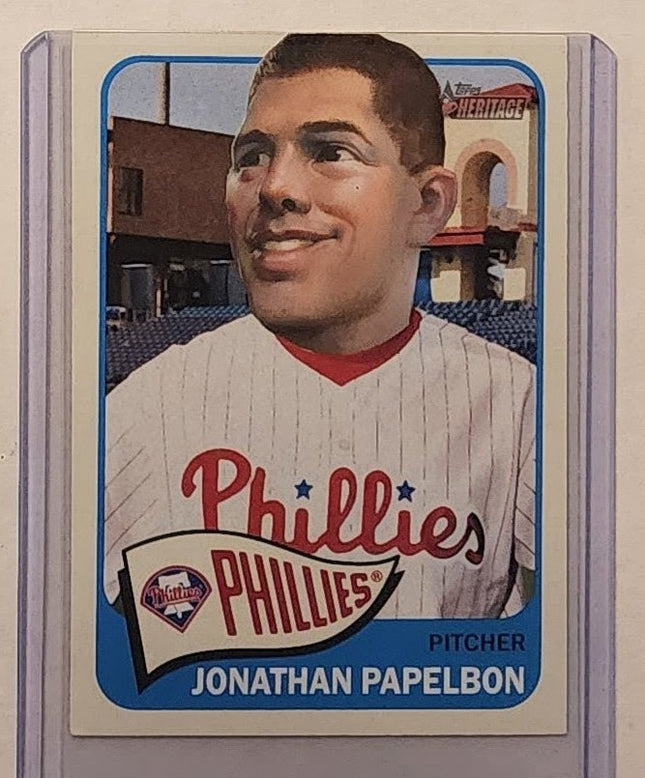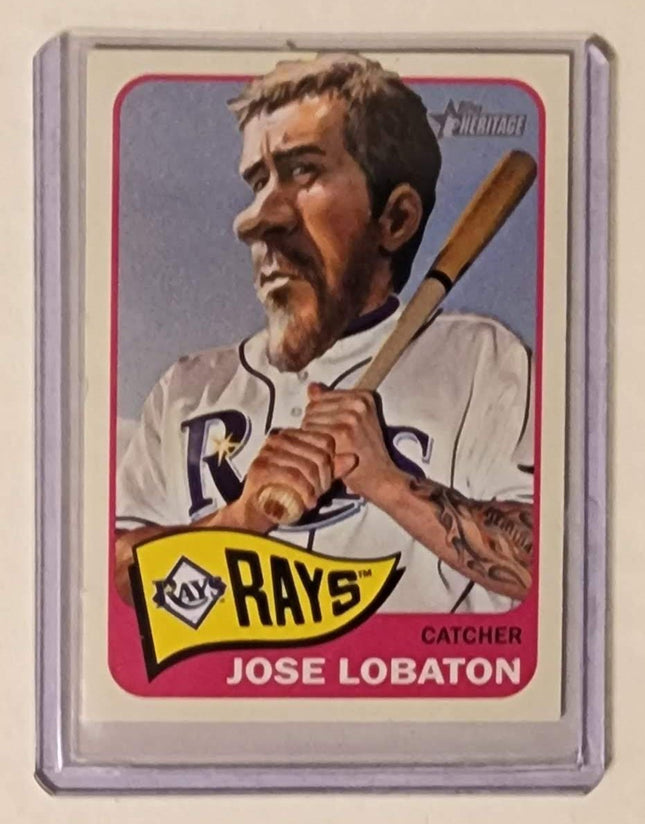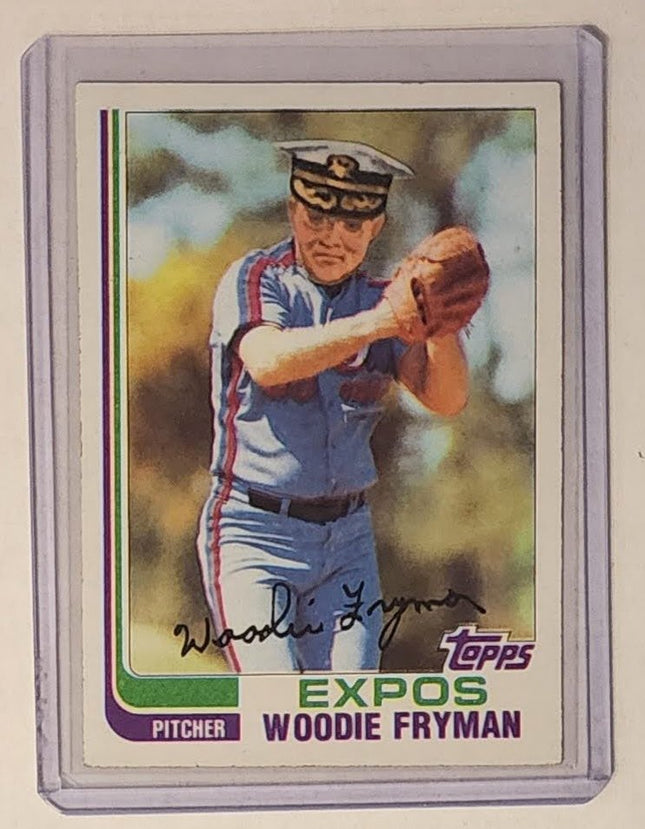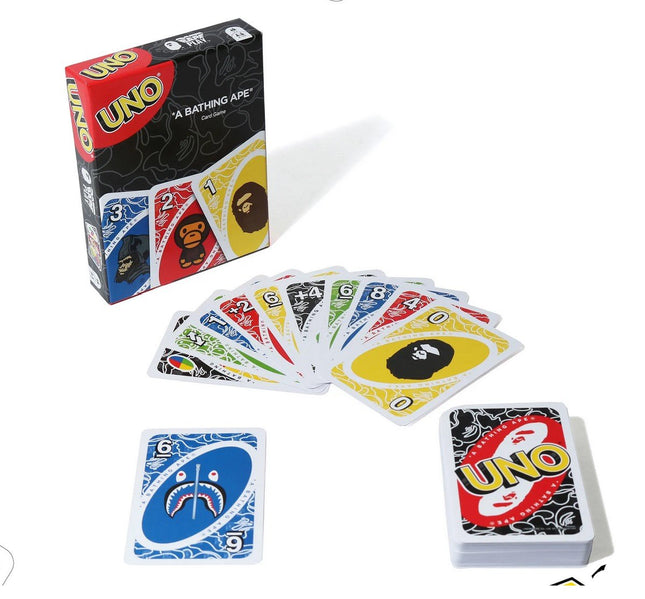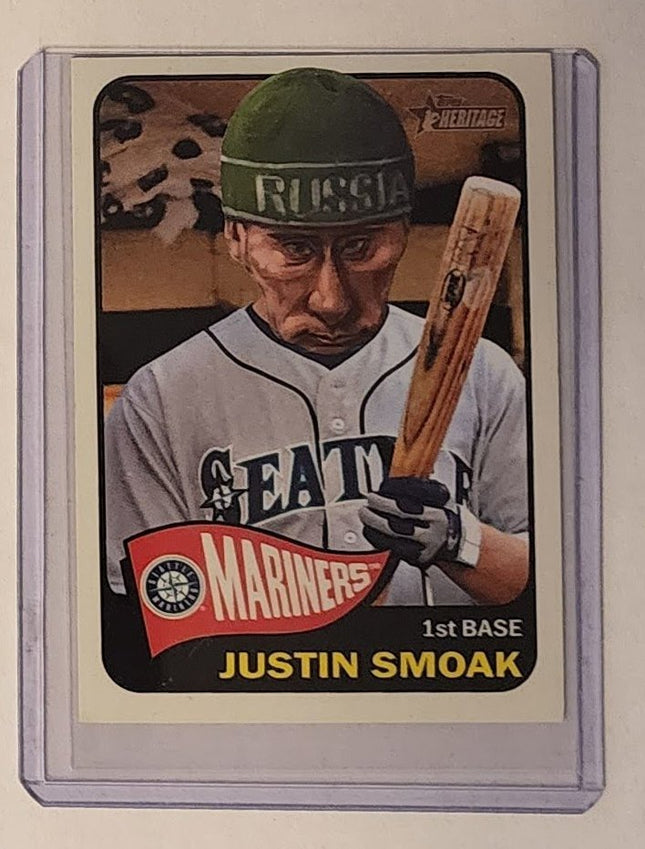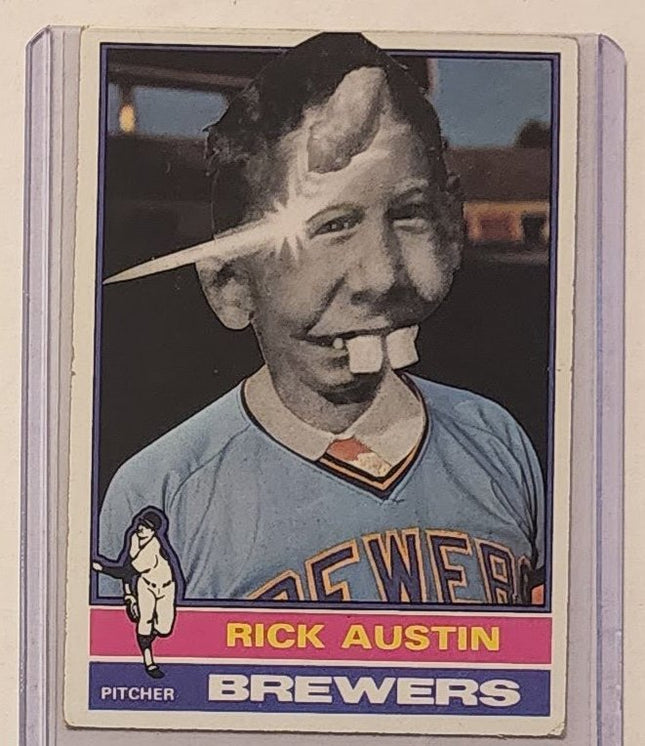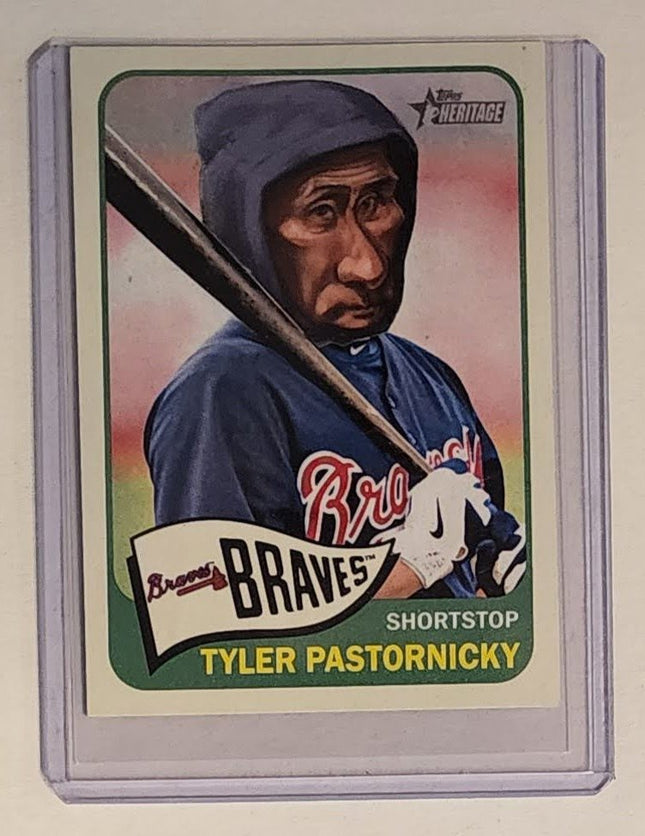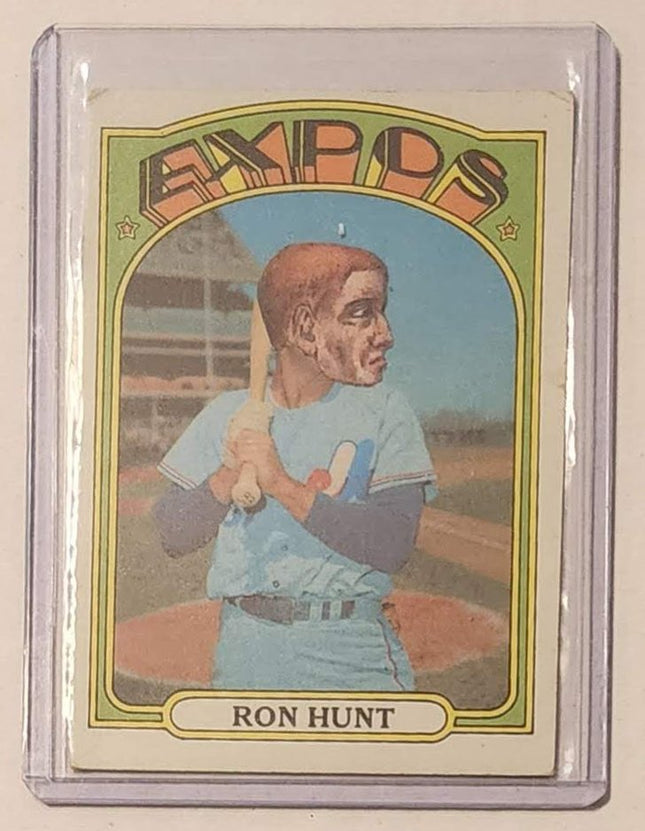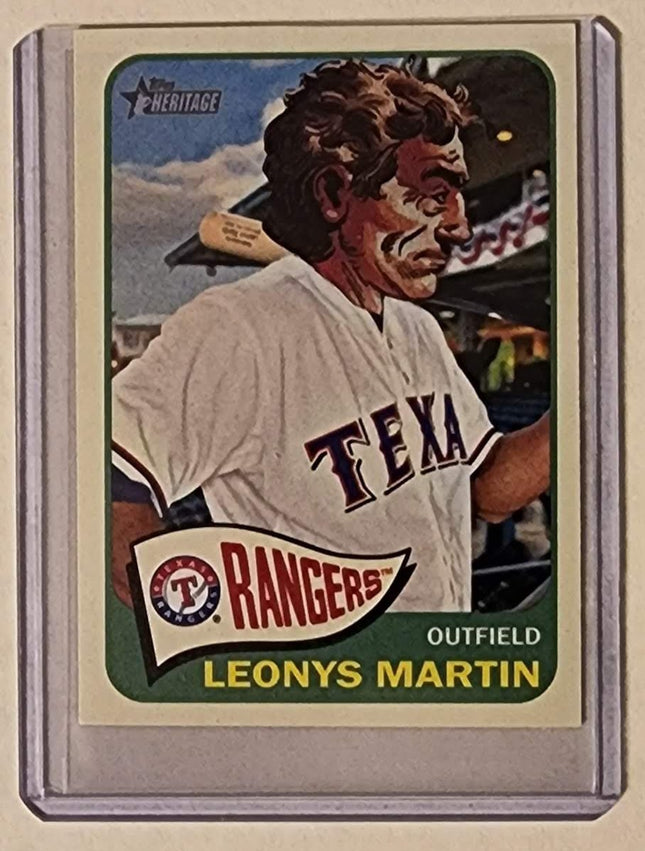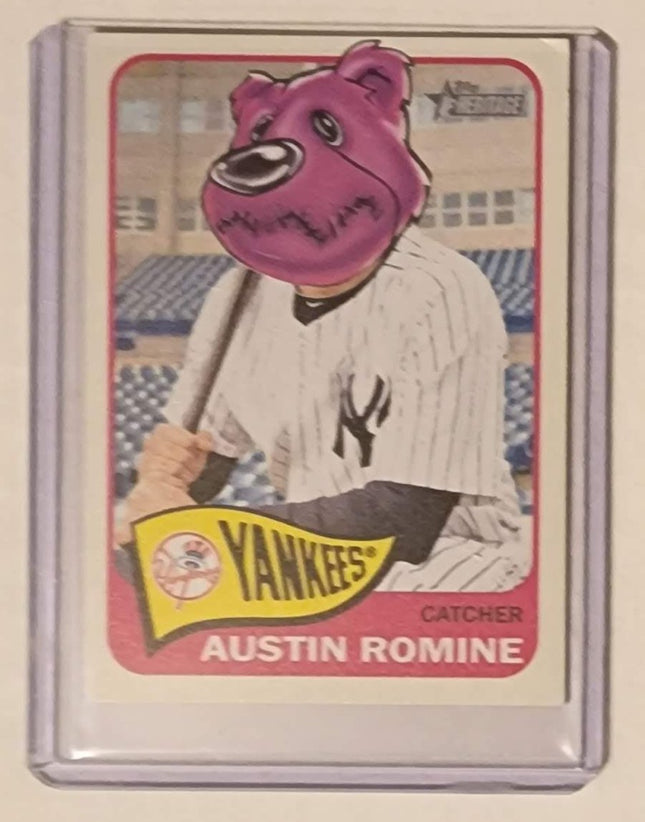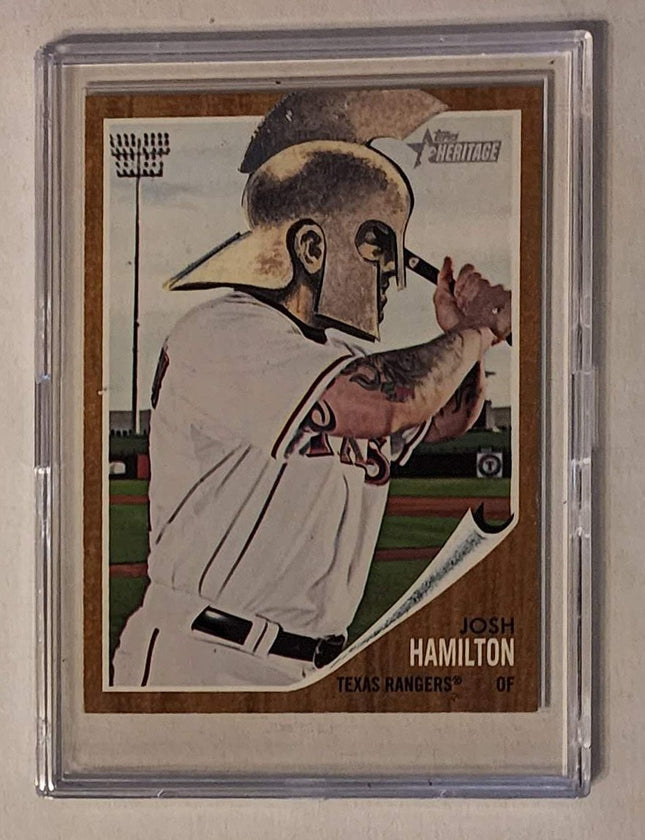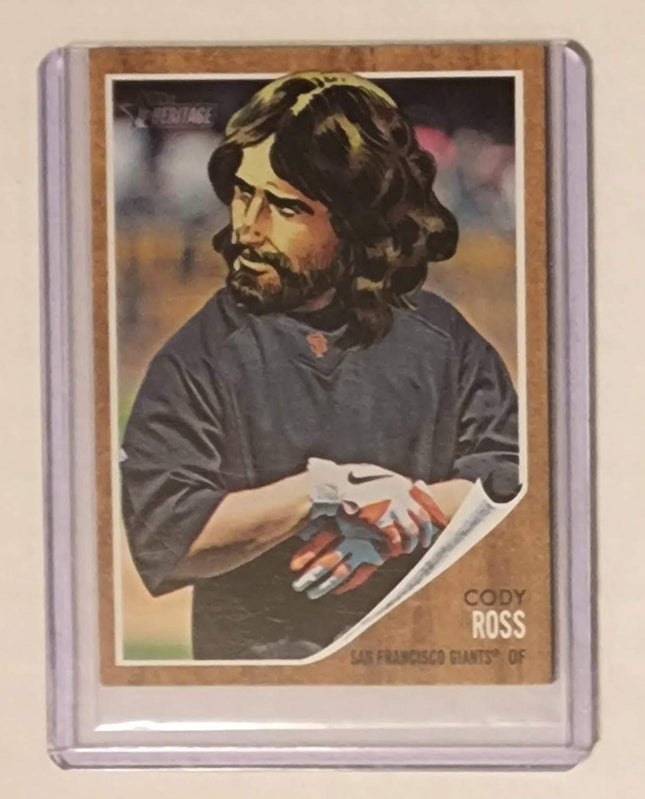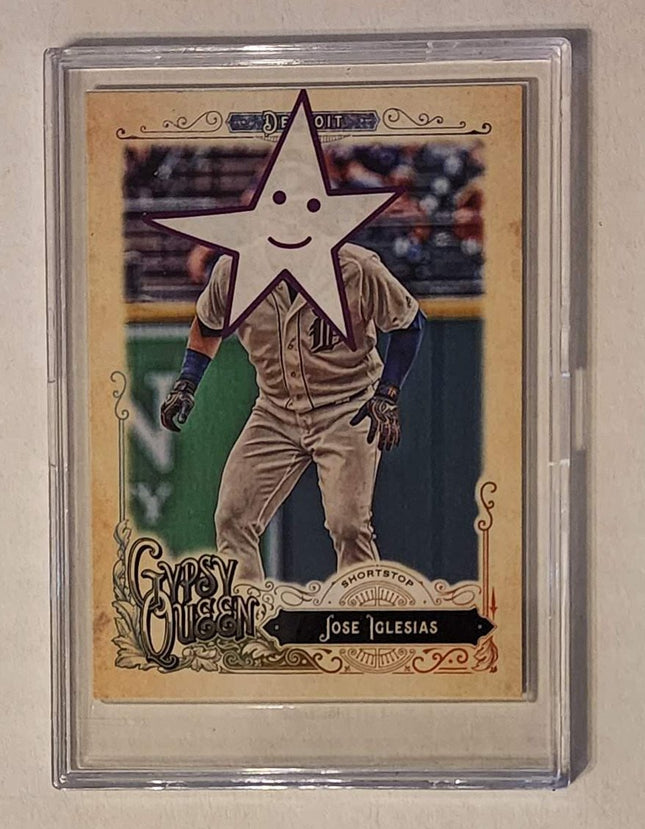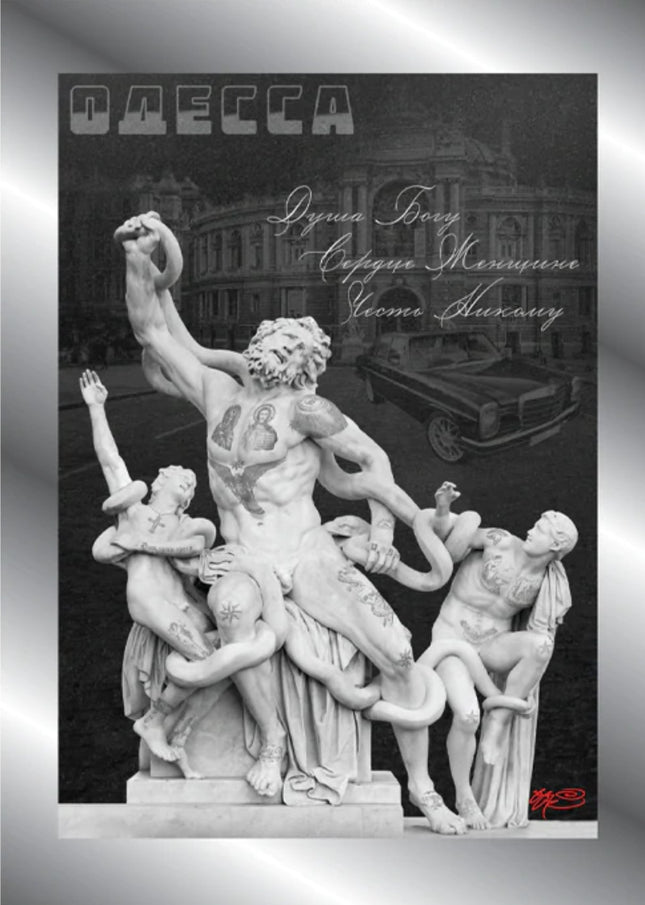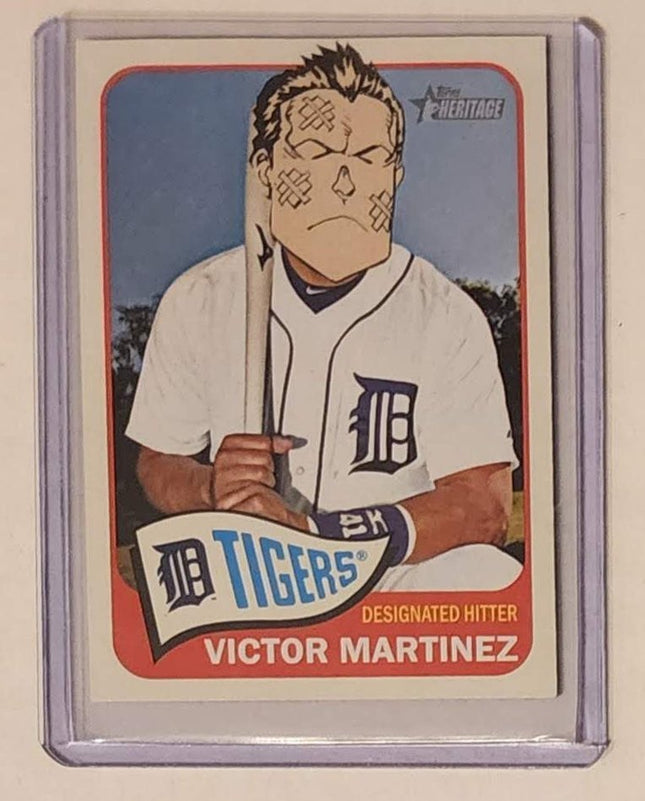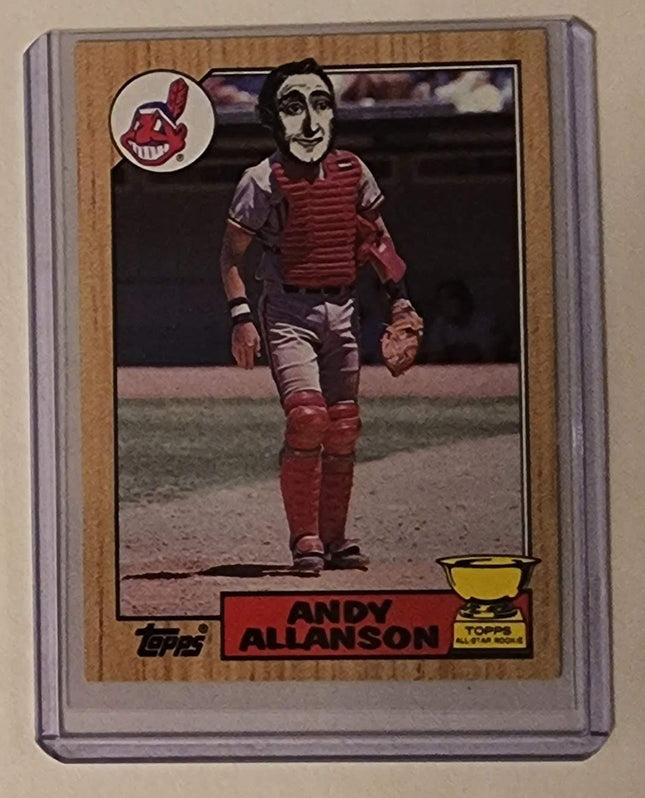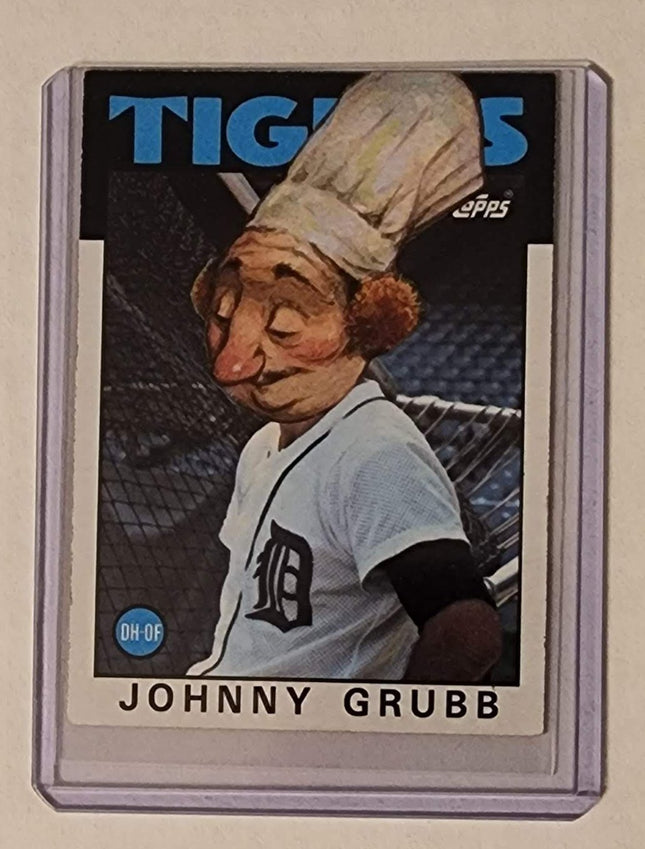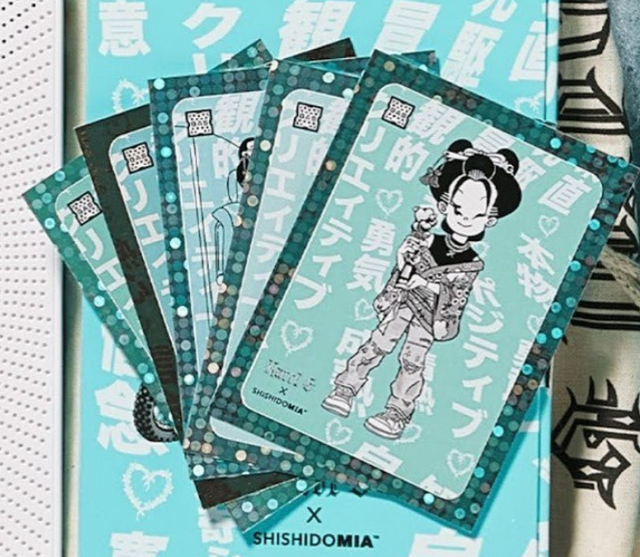
Trading and Sports Card Art: A Cultural Phenomenon
The world of trading and sports cards is an extensive domain that transcends mere hobby and enters the realm of a cultural phenomenon. These small pieces of cardboard have been celebrated, traded, and cherished, evolving into a unique art form that intersects with pop art, street art, and graffiti artwork. They encapsulate the essence of icons and moments, becoming visual totems of sports legends, pop culture figures, and historical events.The Artistic Evolution of Trading Cards
Initially, trading cards were simple representations, often accompanied by a brief description or statistic relating to the subject depicted. As the medium grew in popularity, so did the artistry involved in their creation. Artists began to see these cards as canvases for intricate designs, vibrant illustrations, and creative expression. This transition mirrored the evolution seen in pop art—a movement characterized by its embrace of popular culture and the imagery of the everyday. The visual style of trading and sports cards has often borrowed elements from street pop art and graffiti artwork. The bold lines, eclectic designs, and daring color palettes found in urban art have found their way onto trading cards, infusing them with an edginess that resonates with a broader audience. The connection is evident in the way these cards are collected and displayed, reflecting a shared appreciation for art that is both accessible and expressive.
Artworks on Sports Cards- Baseball, Basketball, Hockey, Football
Sports card art is a form of art that has become increasingly popular in recent years, particularly in the realm of graffiti and pop art. Graffiti art is a type of street art that involves creating images or text in public spaces using spray paint or other materials. In contrast, pop art is a movement that emerged in the 1950s and 1960s, characterized by its use of popular culture imagery and bright, bold colors. In sports card art, artists create images of sports stars, teams, or iconic moments from sports history using the visual language of sports cards. This can include using the same design elements, such as the player's photo, team logo, and stats, or creating new designs inspired by sports cards. In graffiti art, sports card art may be incorporated into larger pieces or murals featuring other images or text. Using sports card art in graffiti can create a sense of nostalgia for viewers who grew up collecting cards and following their favorite sports stars. In pop art, sports card art may explore the relationship between sports and popular culture. The bold colors and graphic design of sports cards can be used to create visually striking pieces that comment on the role of sports in society. Sports card art is a versatile and exciting medium that allows artists to explore the intersection of sports, art, and popular culture in unique and creative ways. Every millennial is guaranteed to get on a nostalgia trip at the sight of sports cards. Also, collecting such cards has turned into a lifetime thing for many people, who have committed themselves to creating huge collections –sometimes worth millions of dollars- through purchasing or even trading rare cards. Naturally, when sports cards meet street art, the result can increase the price of such collections. Today, street artists are encouraged to think outside the box and experiment with various media, cards included. Given the commercial aspect of collecting sports cards, many artists incorporate them into their artworks as thematic elements or, more surprisingly, as canvases. This allows them to experiment with a peculiar new medium and take advantage of all sports cards' nostalgic cultural connotations.
